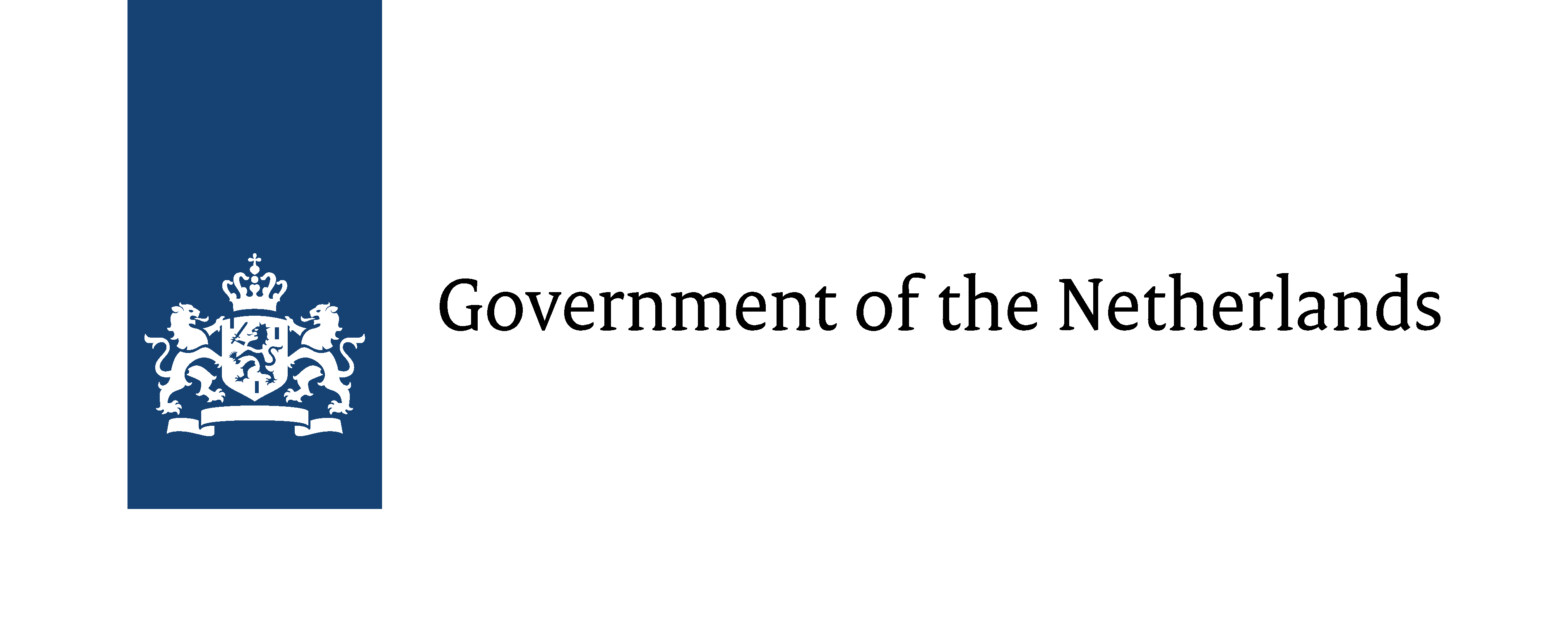Heritage
Heritage may manifest itself as an object, at a particular location or as a ritual. But whatever its form, heritage is by definition a part of a shared story, a passion; a reflection of everyday life within a culture. This is why the awareness of heritage is a living phenomenon. Each day, future history is being written, as new stories are accumulated that will demand to be retold.
Dutch?
Foreigners perceive certain aspects of this heritage – sometimes quite misguidedly – as typically Dutch: wooden shoes, windmills, tulips or celebrating the birthday of Saint Nicholas. Yet wooden shoes and windmills can also be found in Spain, and the Kazakhstani tulip is in fact the national flower of not only the Netherlands but also Turkey. These examples illustrate the fact that culture and, by extension, heritage, has no respect for borders. Even the Persian rugs that can be found on the tables of the typical ‘brown cafés’ in Amsterdam – ridiculously small and out of place in the eyes of so many foreigners – have their roots in the Orient. And it was an American writer who created Hans Brinker –the little Dutch boy who prevented a flood by sticking his finger in the hole in the dyke. On the South Korean island of Cheju, there are two names which compete for the honour of being the most internationally famous Dutchman: Captain Hendrik Hamel, the shipwreck who was washed ashore there in the 17th century, and Guus Hiddink, the modern day ex-trainer of the South Korean national football team.
High and low culture
Heritage encompasses both high and low culture, with such disparate icons as Dick Bruna’s Miffy (the little rabbit who achieved celebrity status in Japan), the composer Sweelinck and his organ compositions, and Father Abraham and his Smurf Song. One line of the original lyric translates as ‘Do you have your own language?’ –‘Yes! And we all speak it!’ and is a surprisingly apt description of what heritage is all about: a perception of the essential character of the Netherlands that is shared by a broad cross-section of its inhabitants.

